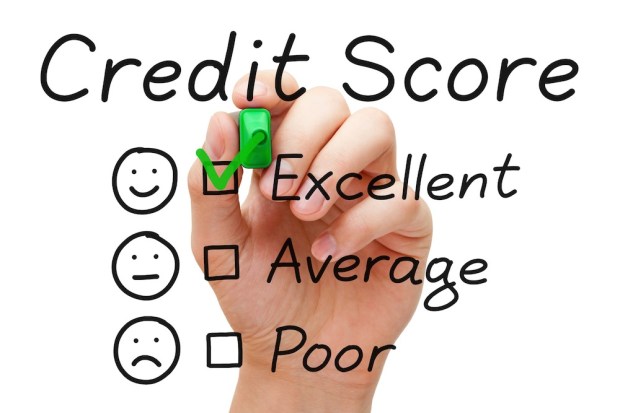Vyze’s Grip Narrows The Gap Between Retailers And Lenders

Would you buy a product that only worked half the time? Vyze CMO Doug Filak told PYMNTS at IP 2017 that retailers can boost their acceptance rates for consumers applying for credit from 50 percent to 85 percent – by bringing more lenders to retailers in the first place.
Credit is the lifeblood of many an economy and consumer, and it is also crucial for retailers. Vyze, a tech firm making its home in the cloud, seeks to smooth the credit experience for consumer and retailer, benefitting both parties.
In an interview with PYMNTS conducted at IP 2017, Vyze CMO Doug Filak explained that Vyze integrates the retail point-of-sale financing experience and brings in additional lenders that may not have been available to a consumer before, boosting the chance that credit will, in fact, be extended.
Most retailers, such as Macy’s, he said, have a one-to-one relationship with financial firms, such as Citibank. But impact is felt as many customers may be declined for credit when there is only one lender in place and no additional choices. But, said Filak, “with the integration with Vyze and multiple lenders, you can actually see retailers’ approval rates get up to as high as 85 percent from 50 percent.”
Think about it, he added. If you had a product that only worked half the time, “you wouldn’t buy that product.”
In online lending, the results are even more dismal, at a 25 percent acceptance rate. Again, by bringing multiple lenders to the retailer, risk and volatility are spread out, which then allows the retailer to approve more customers and drive loyalty in the process.
The lending process also gets extended to non-prime customers, and thus Vyze also strives to bring to a given merchant “the whole pool of lenders,” as Vyze has relationships in place with a large reservoir of secondary options.
The ultimate goal, said Filak, is for Vyze to make the sales process as frictionless as possible for the consumer. Illustrating an example, he said that when someone comes into a merchant using the Vyze platform and applies for credit, the process works efficiently.
If that would-be borrower is declined at one lender, he or she will be passed along to another lender so that just about every customer is given access to credit and receives an offer. It is Vyze’s experience, continued the executive, that even if a consumer chooses not to accept a credit offer, they are indeed appreciative that an offer has been extended.
“The consumer has at least made the choice,” said Filak, “as opposed to the old model, where it is always, ‘Oh sorry, I do not have an offer that is better for you,’ and then they must now find an alternative way to pay.”
The newer cloud-driven, multi-option model may be the saving grace for a retailer, leading to a sale. The company has found that as many as a third of customers, if declined for credit outright, will abandon the shopping experience right then and there.
If credit is extended, the buying activity from that consumer may actually increase, as now they do not have to triage purchases they had been considering during the same trip.
It is all a function of staying with the shopping cart, said Filak. The extension of credit to those who would have been otherwise denied engenders loyalty, he explained, “and they come back to shop and shop and shop again.” Filak singled out Home Depot as a customer that, through Vyze, has seen this re-shopping activity occur at a heady pace, tied, in fact, to strong loyalty.
Turning the conversation to the deployment of Vyze, Filak told PYMNTS the actual process depends on the merchants’ point-of-sale setup and configuration, as “many merchants rely on old technology.” The firm has set out to make deployment relatively easy at the point of sale in stores, or in the online environment.
And, as might be expected, Vyze focuses on retailers where financing is a significant part of the interaction with customers — indeed, where financing and the access to it is critical, with large ticket sizes. There’s also additional business potential in upselling, he said, with, say, appliances or electronics.
